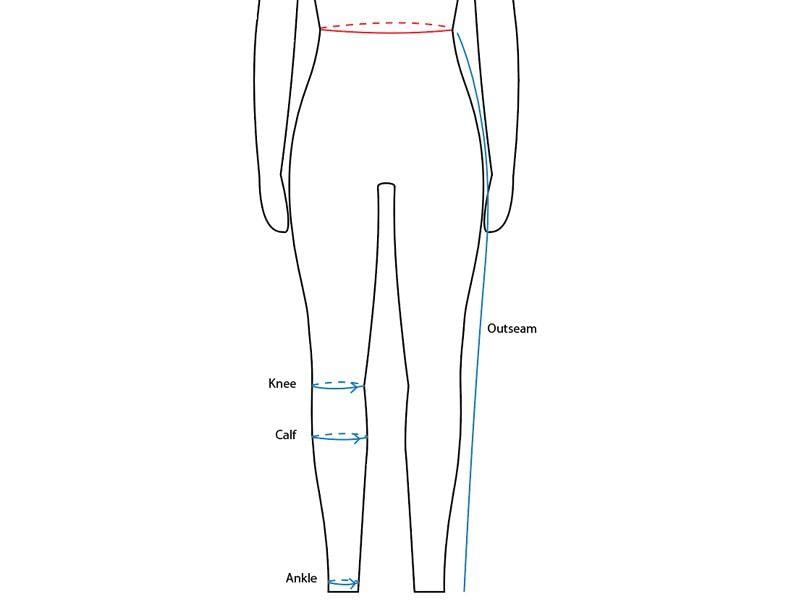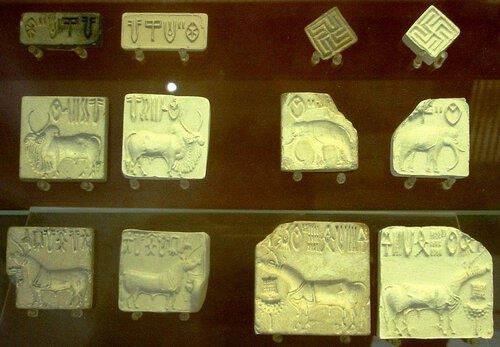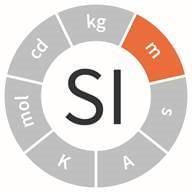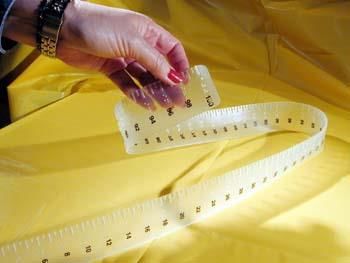|
Why is accurate measurement important in daily tasks such as cooking and construction? |
Card: 1 / 34 |
|
Accurate measurement is essential for effective communication of quantities, ensuring that recipes yield the desired taste and texture, and that structures are built correctly. 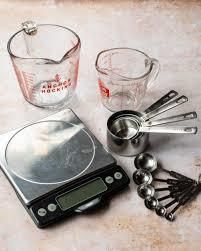 |
Card: 2 / 34 |
|
Fill in the blank: Using body parts like hand spans and foot lengths for measurement can lead to ___ and ___ due to size variations. |
Card: 3 / 34 |
|
What were some ancient Indian units of measurement mentioned in the text, and what was their significance? |
Card: 5 / 34 |
|
Units such as Angula (width of a finger), Dhanusa, and Yojana were used for measuring artifacts and buildings, showing a historical system of measurement in India. |
Card: 6 / 34 |
|
True or False: The International System of Units (SI units) was developed to standardize measurements as people began to travel more. |
Card: 7 / 34 |
|
Riddle: I am a measurement that varies from person to person, yet I can help you gauge the length of a table. What am I? |
Card: 9 / 34 |
|
Using a scale or measuring tape provides a consistent and standardized way to measure lengths, reducing the likelihood of errors that occur with non-standard units. 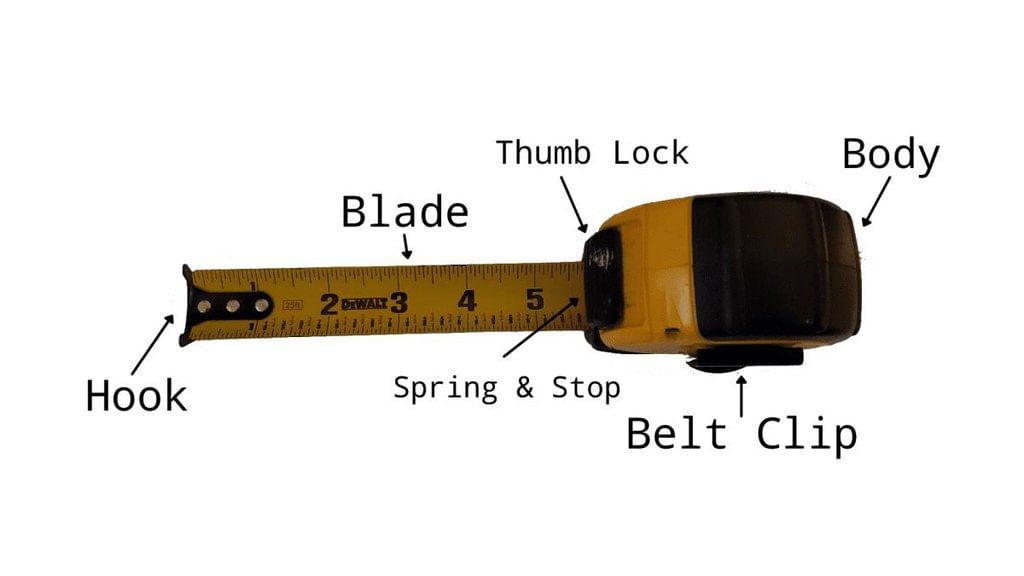 |
Card: 12 / 34 |
|
Fill in the blank: Ancient measurement systems in India have been confirmed by archaeological findings at ___ Civilization sites. |
Card: 13 / 34 |
|
The Angula, which represents the width of a finger, is a traditional unit still used by craftsmen like carpenters and tailors for practical measurements. |
Card: 16 / 34 |
|
Fill in the blank: The correct way to place the scale is to position it in contact with the object along its ___. |
Card: 27 / 34 |
|
True or False: The eye should be at an angle to the point of measurement to avoid parallax error. |
Card: 29 / 34 |
|
False. The eye should be directly above the point of measurement to avoid parallax error. |
Card: 30 / 34 |
|
Riddle: I help you measure but can't see, my markings are raised, just touch me. What am I? |
Card: 31 / 34 |
|
A flexible measuring tape or thread can be used to measure the length of a curved line by wrapping it along the curve and then measuring it straightened with a metre scale. |
Card: 34 / 34 |
 Completed! Keep practicing to master all of them. |






